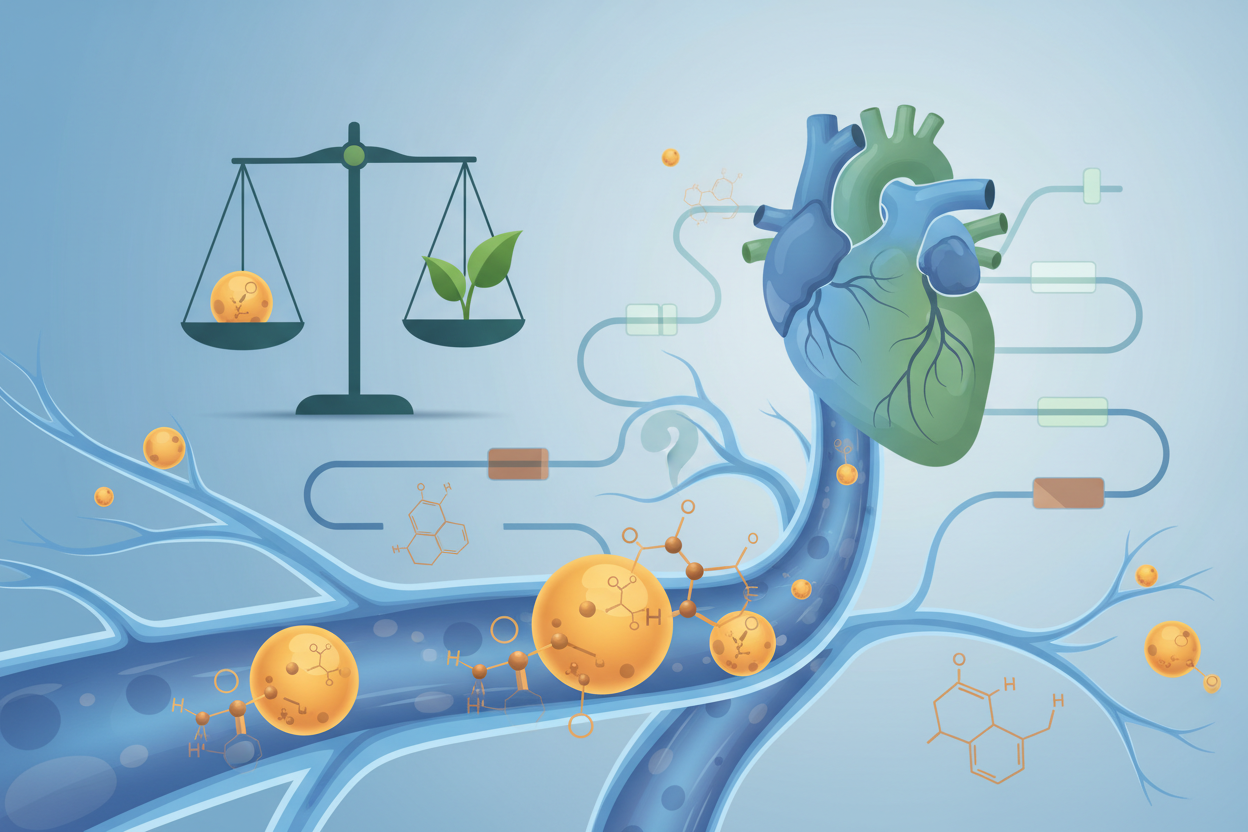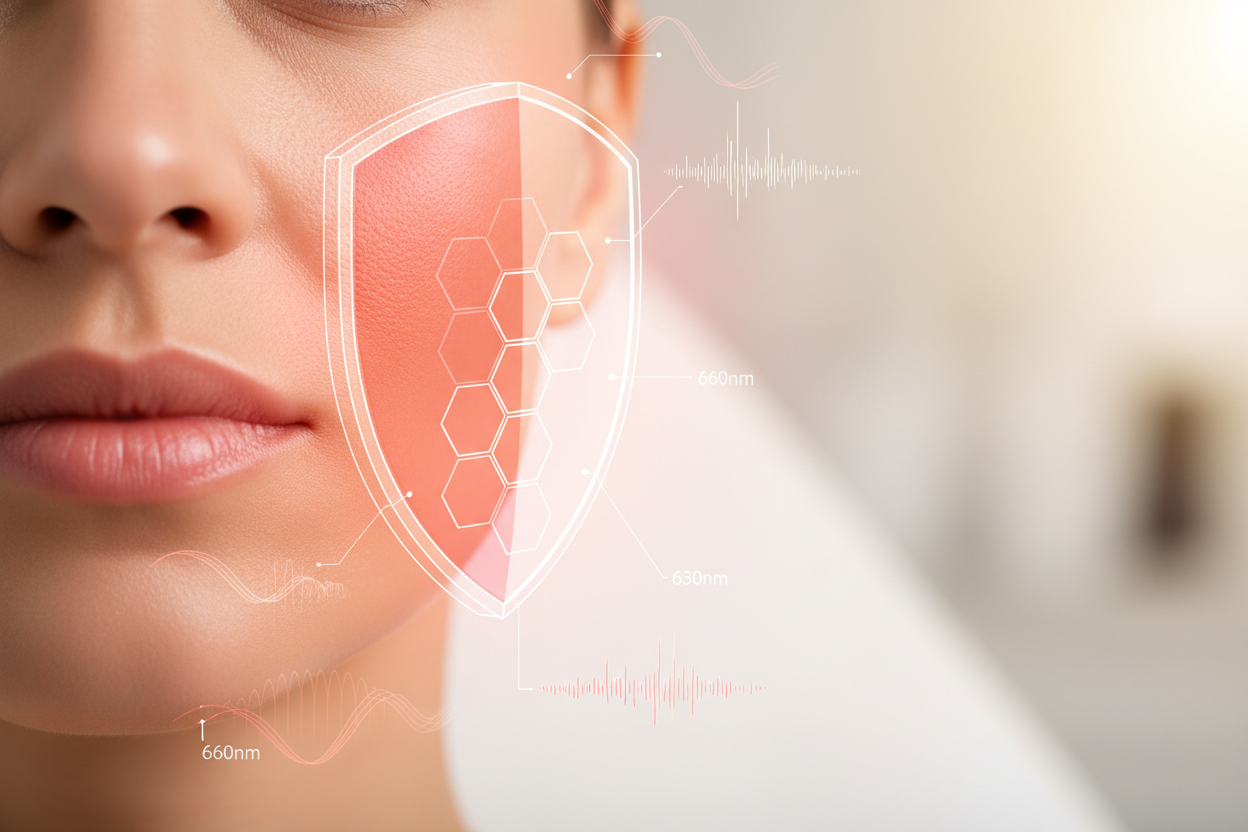Dermatological research is on the verge of a fundamental reassessment. New findings challenge the long-standing paradigm about the harmfulness of sunlight and reveal the complex interactions of various components of the light spectrum with human skin. Let's dive into the depths of this issue.
1. Limitations of laboratory studies: Only part of the story
"UVA has been proven to be mutagenic in cultured cells."
This statement reveals a fundamental problem: in vitro studies cannot replicate the complexity of a living organism. Isolated cells lack the sophisticated defense mechanisms of the human body and interactions with other components of sunlight.
2. Inappropriate Model Organisms: False Analogies
Induce skin cancer in hairless albino mice.
Use of genetically modified nocturnal rodents to study the effects of UV radiation on human skin is methodologically problematic. These organisms differ fundamentally from humans both genetically and evolutionarily.
3. Epidemiological Data: Context is Key
Significantly, a causal relationship has recently been epidemiologically proven between artificial UVA baths for cosmetic or medical purposes and a marked increase in human melanomas.
Epidemiological data may suggest trends, but they cannot definitively prove causality. Moreover, this refers to artificial sources of UV radiation, not natural sunlight.
4. Complexity of Sunlight: More Than the Sum of Its Parts
A large part of our knowledge about the effects of solar radiation comes from experiments with monochromatic UV radiation. Subsequently, additive, synergistic, or antagonistic interactions between different wavelengths of solar radiation have largely been overlooked.
This admission is key and opens the door to a new understanding of the effects of solar radiation.
5. Protective Potential of Infrared Radiation: A New Perspective on the Solar Spectrum
A study published in the Journal of Investigative Dermatology (Menezes et al., 1998) presents groundbreaking findings on the protective effects of non-coherent near-infrared radiation (NIR) against the toxic effects of UV radiation on human dermal fibroblasts.
6. Negative impact of blue light: Another factor to consider
Recent research shows that blue light, whether from the sun or digital devices, can have negative effects on the skin. It has been found to:
• Increasing the production of free radicals in the skin
• Accelerate the skin aging process
• Causing hyperpigmentation
•
Disrupting the natural circadian rhythm of the skin
These findings emphasize the need for a comprehensive approach to skin protection that takes into account not only UV radiation but also other components of the light spectrum.
Conclusion: Time for a Holistic Approach
It is clear that the current dermatological view on the effect of sunlight on human skin requires a radical reassessment. The key insight is that UV radiation never occurs alone in nature. It is always part of a complex solar spectrum that includes visible light, infrared radiation, and other components.
We need a holistic approach that takes into account:
• Comprehensive nature of solar radiation and interactions between its various components
• Adaptation and Protective Mechanisms of Human Skin
• Role of Sunlight in Overall Health of the Organism
• Individual genetic and environmental factors
•
The Impact of Modern Lifestyle and Exposure to Artificial Lighting
It is time to stop demonizing the sun and start exploring its complex role in our health. We may find that nature has equipped us with a sophisticated system of interactions with various components of the light spectrum—a system we have so far overlooked due to a simplistic view of solar radiation. The future of dermatology lies in understanding and harnessing these complex interactions to promote skin health.





Leave a comment
This site is protected by hCaptcha and the hCaptcha Privacy Policy and Terms of Service apply.